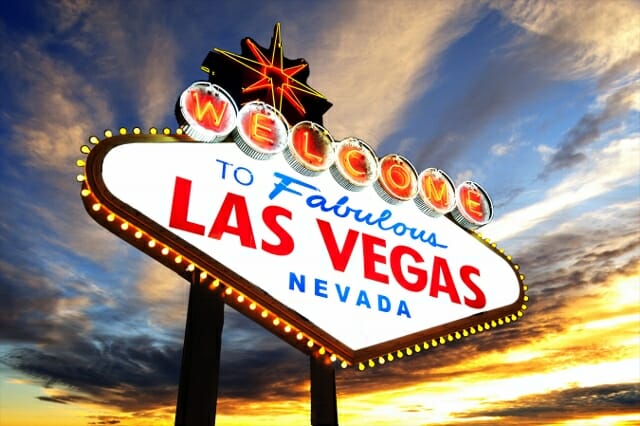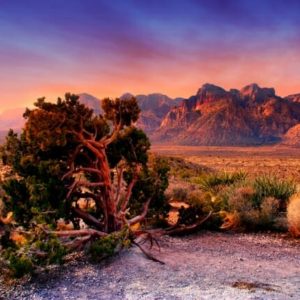
The Other Las Vegas
The Other Las Vegas
What happens in Vegas stays in Vegas…unless…
 What happens in Vegas stays in Vegas—and that may be the case for some things. But when it comes to the natural beauty of the area, that’s something we want to share with everyone. Leave the glitz of casinos, extravagant shows and The Strip behind, and step into the threshold of “the other” Las Vegas.
What happens in Vegas stays in Vegas—and that may be the case for some things. But when it comes to the natural beauty of the area, that’s something we want to share with everyone. Leave the glitz of casinos, extravagant shows and The Strip behind, and step into the threshold of “the other” Las Vegas.
The city is situated within Clark County, in the arid basin of the desert floor. Its surroundings consist of dry mountains, and much of the landscape is rocky and dusty. But the environment is thick with desert vegetation, wildlife roaming the grounds. Since it is in the desert, it has a subtropical, hot desert climate, and year-round sunshine. It’s also home to an abundance of natural beauty, with parks, preserves, and mountain ranges waiting to be explored.
Six hundred and eighty acres in northwest Las Vegas belong to Floyd Lamb Park, a park full of lush vegetation, lakes, and views of both the Sheep and Spring Mountain Ranges. The Spring Mountains line the west side of Las Vegas, hitting the border with California at one end. The range is managed as Spring Mountain National Recreation Area, and is named for the numerous springs found within the recesses of the Red Rock Canyon National Conservation Area. Humboldt-Toiyabe Forest is also within the park, and is the largest national forest in the lower 48 states. A popular getaway within these mountains is Mount Charleston, the highest point in the range. If you find yourself in Las Vegas when there’s snow on the ground, grab some ski bibs and hit the slopes at Las Vegas Ski and Snowboard Resort in Lee Canyon.
 Tule Springs Ranch, also located within Floyd Lamb Park, gives insight to a traditional working ranch and what the early Las Vegas lifestyle was like. The ranch and the few remaining buildings on site are listed on the US National Register of Historic Places, the buildings dating back to the 1940s. Some of the area is part of the Tule Springs Archaeological Site, which is said to have been home to some Ice Age species and the North American Paleo-Indian peoples at one point in our history.
Tule Springs Ranch, also located within Floyd Lamb Park, gives insight to a traditional working ranch and what the early Las Vegas lifestyle was like. The ranch and the few remaining buildings on site are listed on the US National Register of Historic Places, the buildings dating back to the 1940s. Some of the area is part of the Tule Springs Archaeological Site, which is said to have been home to some Ice Age species and the North American Paleo-Indian peoples at one point in our history.
The Las Vegas Springs Preserve lends more to Las Vegas’ natural beauty, with its 180 acres dedicated to nature trails and displays. Built around the Las Vegas Springs—the city’s original water source—you’ll discover 8 acres of colorful desert botanical gardens. Within the preserve you’ll also find 4 uniquely themed trails for walking, so make sure to bring your walking shoes. On the trails you’ll meander through the picturesque landscape, ending at a cienega (a swamp or marsh area). The preserve, which opened in 2007, is also equipped with museum galleries, outdoor concert and event venues, an indoor theatre, and an historic photo gallery. When visiting the Las Vegas Springs Preserve, make a day of it. With all the amenities just within the preserve, you’ll be able to enjoy nature, and learn a little about the city itself.
Receive your complimentary Relocation guide and magazine

